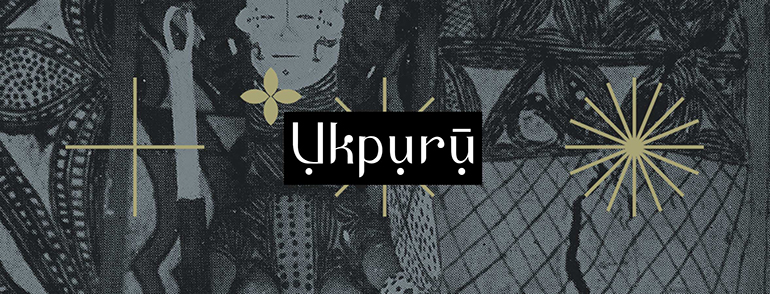Three men, probably from an Igbo town around the Niger River, photographed by William Henry Crosse, part of the Royal Niger Company, 1886 - 1895. MAA Cambridge.
Guns were part of society in this area for hundreds of years before this photo was taken. The access to the Atlantic coast and the Niger meant that coastal and riverine settlements gained a head start and advantage when guns, gunpowder, and cannons newly arrived through European ships. Europeans arrived on the shores of the Niger Delta around the late 15th century. This allowed coastal polities like Bonny to grow large fleets of armed canoes, several metres in length holding dozens of men, leading to their dominance in the delta. The competition between what became slave trading and raiding states led to the increase of people ending up in the ships of Europe.
Old and faulty guns were sold to Africans by Europeans. Guns were reverse-engineered in the interior and various blacksmithing lineage groups, such as Nkwere, became known for manufacturing guns. In local histories, there is a recounting of the time when a warring faction was surprised and defeated by the party wielding the newly introduced gun. Traditions and protocol grew up around the use of guns, a certain number of shots in the sky has meaning to a lot of communities, for example.
Guns are a man’s weapon. The introduction of various products from Europe such as gin, guns, and gunpowder created or strengthened any kind of hierarchy that put men over women because only men, by custom, handled these important trade goods. In many communities, at least, it’s against custom for women to pick up guns. The European show of force was completely made up of men. The entire European interaction had emphasised male aggression and authority against any sort of authority rooted in womanhood, including the supreme deity of various communities in the delta, the Earth Mother, for example, which was overshadowed by powerful male oracles, Kamalu Ozuzu (Amadioha) and its offshoot Igwe-ka-Ala Umunneoha, Chukwu Abiama or Ibina Ukpaabi Aruchukwu, and Agbala Öka. These male oracles, controlled by men, became the nuclei for the slave trade and among the most powerful ideological and administrative strongholds which later Europeans who started off colonialism, proper, targeted and destroyed.





























